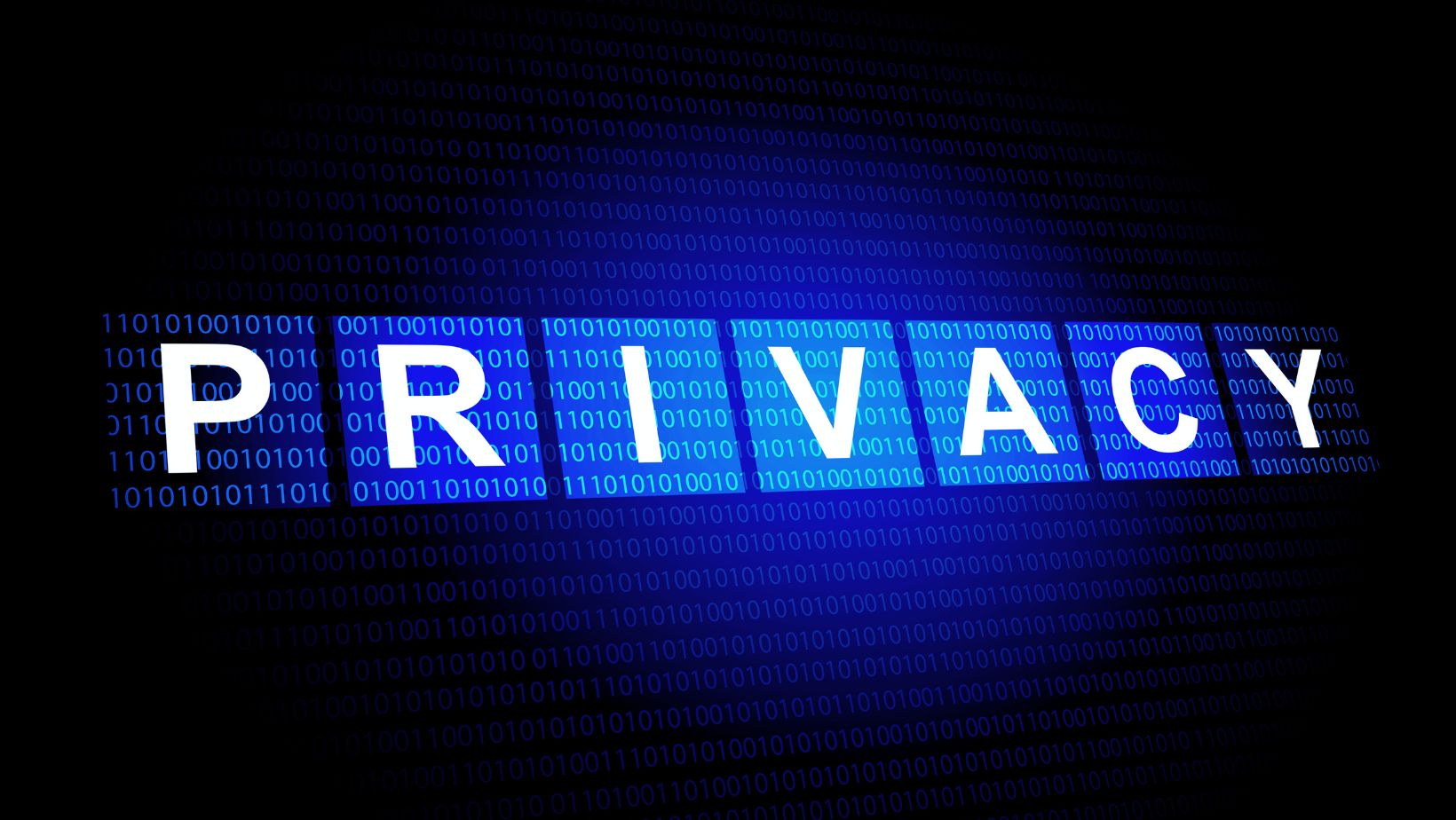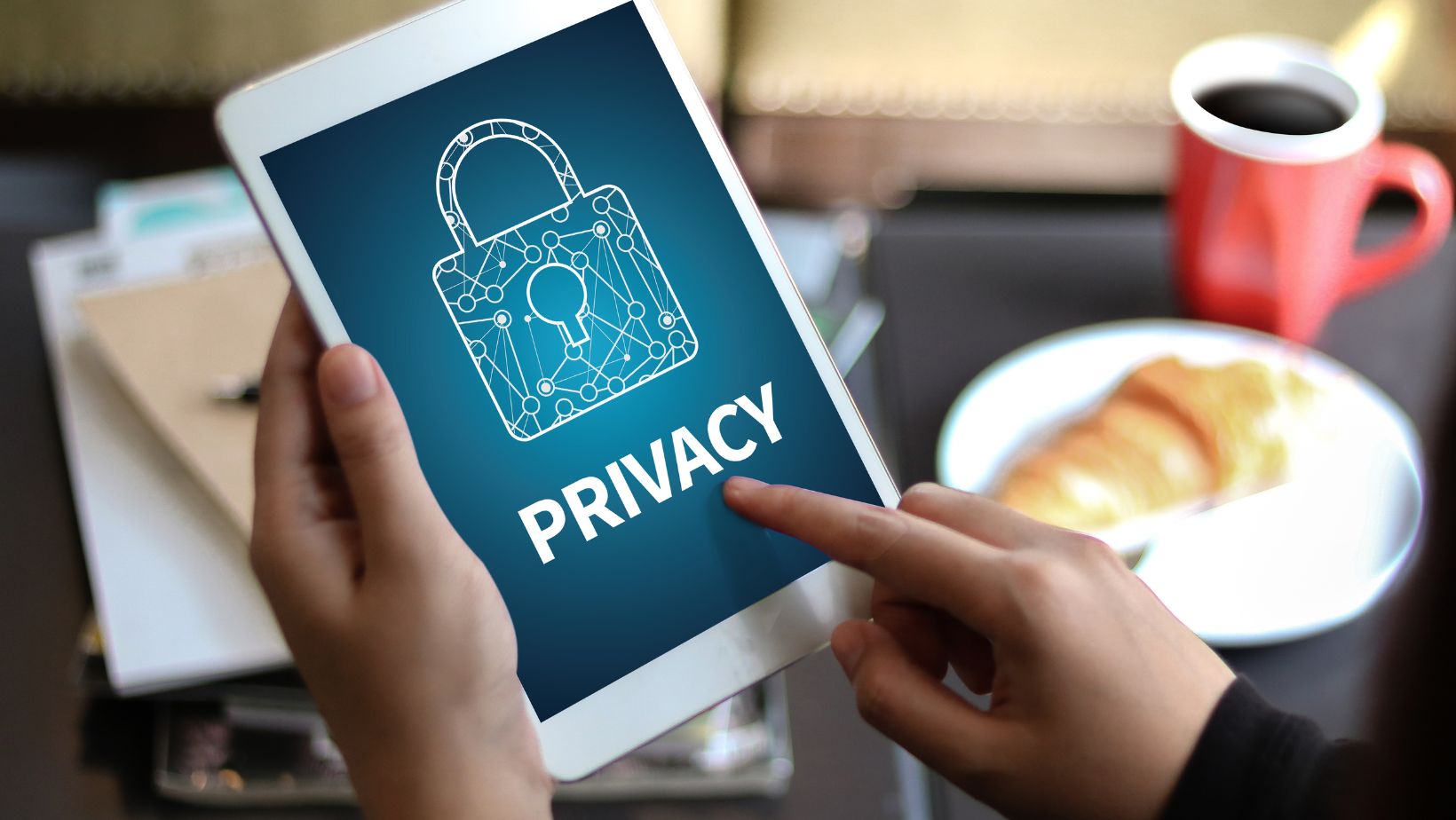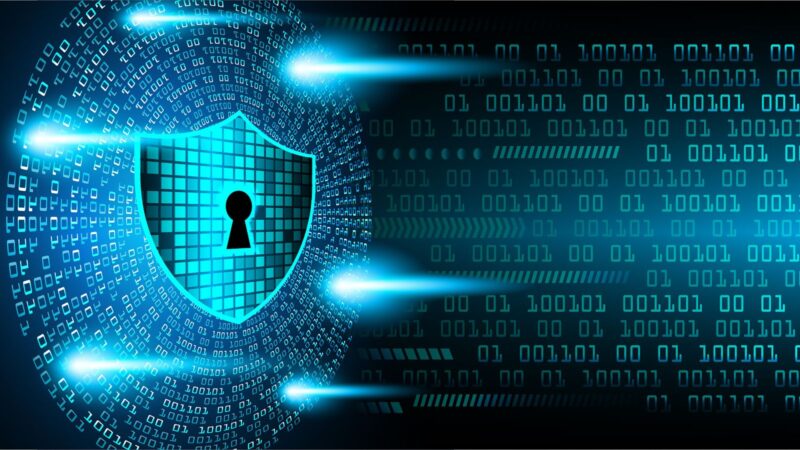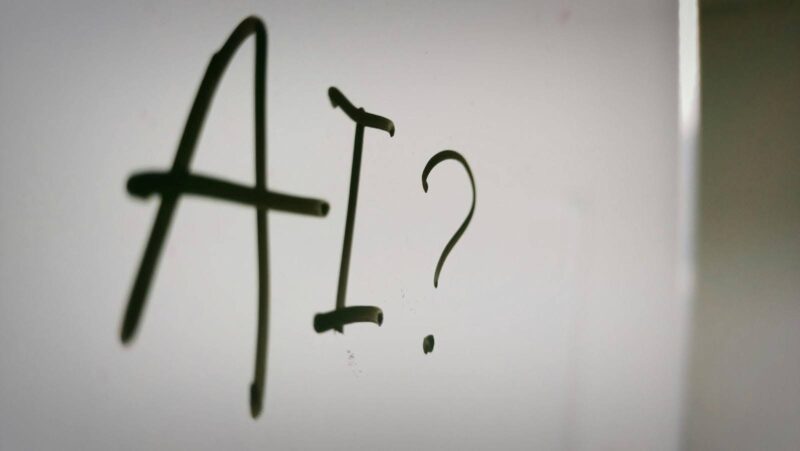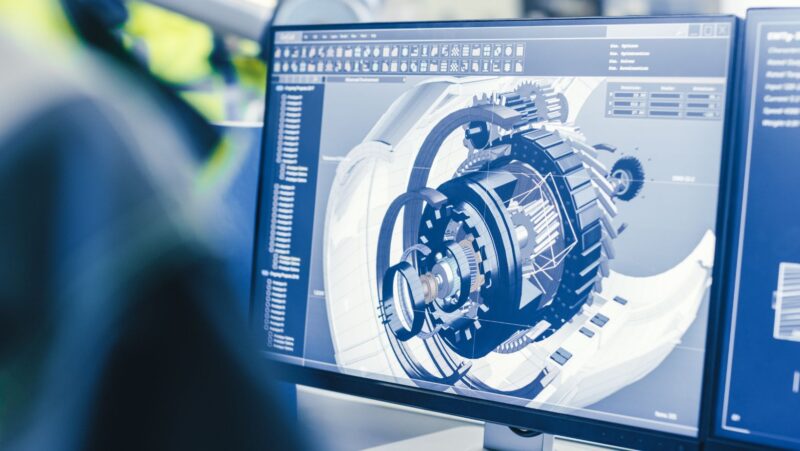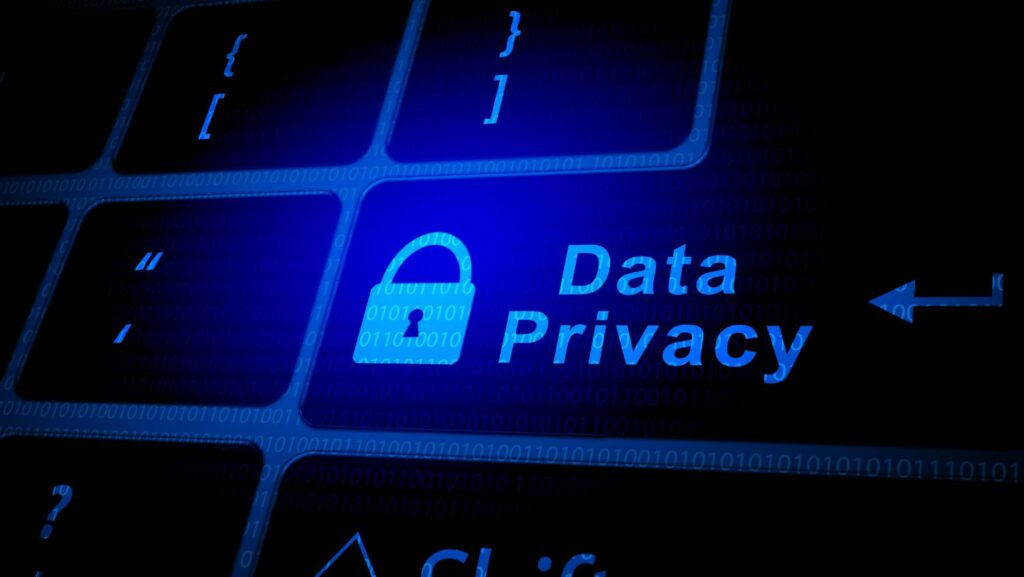
In an age where personal and corporate privacy is increasingly under threat, understanding the various tools and strategies available to protect sensitive information is essential. One such tool that has gained prominence is the bug sweep. But how does this fit into a broader privacy strategy? Let’s explore the role of bug sweeps and how they can be integrated into a comprehensive approach to safeguarding privacy.
Understanding Bug Sweeps
At its core, a bug sweep is a process designed to detect and eliminate unauthorized surveillance devices, such as hidden cameras, microphones, or GPS trackers. These devices can be used for various nefarious purposes, from corporate espionage to personal invasions of privacy. The act of conducting a bug sweep involves a thorough inspection of a physical space, often employing specialized equipment to identify and neutralize these threats. You can learn more about what is a bug sweep by clicking the link.
But before diving deeper into the specifics of bug sweeps, it’s important to understand their place within a larger privacy framework. Privacy is not just about preventing unauthorized access to information; it’s about creating a culture of security that encompasses various aspects of life, both personal and professional.
The Importance of a Holistic Privacy Strategy
A holistic privacy strategy involves multiple layers of protection, including:
1 Education and Awareness: Understanding the risks associated with privacy breaches is the first step. Individuals and organizations should be educated about potential threats and the importance of safeguarding their information.
2 Technology Solutions: Utilizing encryption, secure communication channels, and robust cybersecurity measures can help protect data from digital threats.
3 Physical Security Measures: This includes securing physical spaces where sensitive information is stored or discussed. Bug sweeps fall under this category, as they help ensure that unauthorized surveillance devices are not present.
4 Regular Assessments: Conducting regular privacy audits and assessments can help identify vulnerabilities and areas for improvement.
5 Incident Response Plans: Having a plan in place for responding to privacy breaches is crucial. This includes knowing how to react if a bug sweep uncovers a surveillance device.
The Role of Bug Sweeps in Privacy Protection
Bug sweeps serve as a critical component of physical security within a broader privacy strategy. Here’s how they fit in:
Proactive Threat Detection
Conducting regular bug sweeps can help organizations and individuals proactively identify potential threats before they escalate. For businesses, this is particularly important, as the presence of surveillance devices can lead to significant financial and reputational damage. By integrating bug sweeps into regular security protocols, organizations can stay one step ahead of potential intrusions.
Building Trust
For businesses, maintaining client and employee trust is paramount. Knowing that a company takes privacy seriously and conducts regular bug sweeps can enhance its reputation. Clients are more likely to engage with organizations that demonstrate a commitment to protecting sensitive information. This trust can translate into long-term relationships and increased loyalty.
Legal Compliance
In many jurisdictions, there are legal requirements regarding privacy and data protection. Conducting bug sweeps can help organizations comply with these regulations, reducing the risk of legal repercussions. By ensuring that unauthorized surveillance devices are not present, businesses can demonstrate their commitment to upholding privacy standards.
Integration with Other Security Measures
Bug sweeps should not be viewed in isolation. They are most effective when integrated with other security measures. For instance, combining bug sweeps with cybersecurity protocols creates a comprehensive approach to privacy. While bug sweeps address physical threats, cybersecurity measures can protect against digital intrusions. Together, they form a robust defense against a wide range of privacy threats.
When to Consider a Bug Sweep
While regular bug sweeps can be beneficial, there are specific situations where they become essential:
- After a Security Breach: If an organization has experienced a data breach, conducting a bug sweep can help identify whether unauthorized surveillance was involved.
- Before Sensitive Meetings: Prior to important discussions or negotiations, especially those involving confidential information, a bug sweep can provide peace of mind.
- When Moving to a New Location: New spaces can harbor hidden threats. Conducting a bug sweep before settling into a new office or home can help ensure privacy from the outset.
- If Suspicion Arises: If there are reasons to believe that surveillance devices may be present—whether due to unusual behavior or specific threats—conducting a bug sweep is a prudent course of action.
Conclusion
Incorporating bug sweeps into a broader privacy strategy is not just about detecting hidden devices; it’s about fostering a culture of security and trust. By understanding the role of bug sweeps and integrating them with other privacy measures, individuals and organizations can create a comprehensive approach to safeguarding sensitive information.
As privacy threats continue to evolve, staying informed and proactive is essential. For those looking to delve deeper into the specifics of bug sweeps, understanding what is a bug sweep can provide valuable insights into how this tool can enhance your overall privacy strategy. By taking these steps, you can better protect yourself and your organization from the ever-present risks of unauthorized surveillance.

